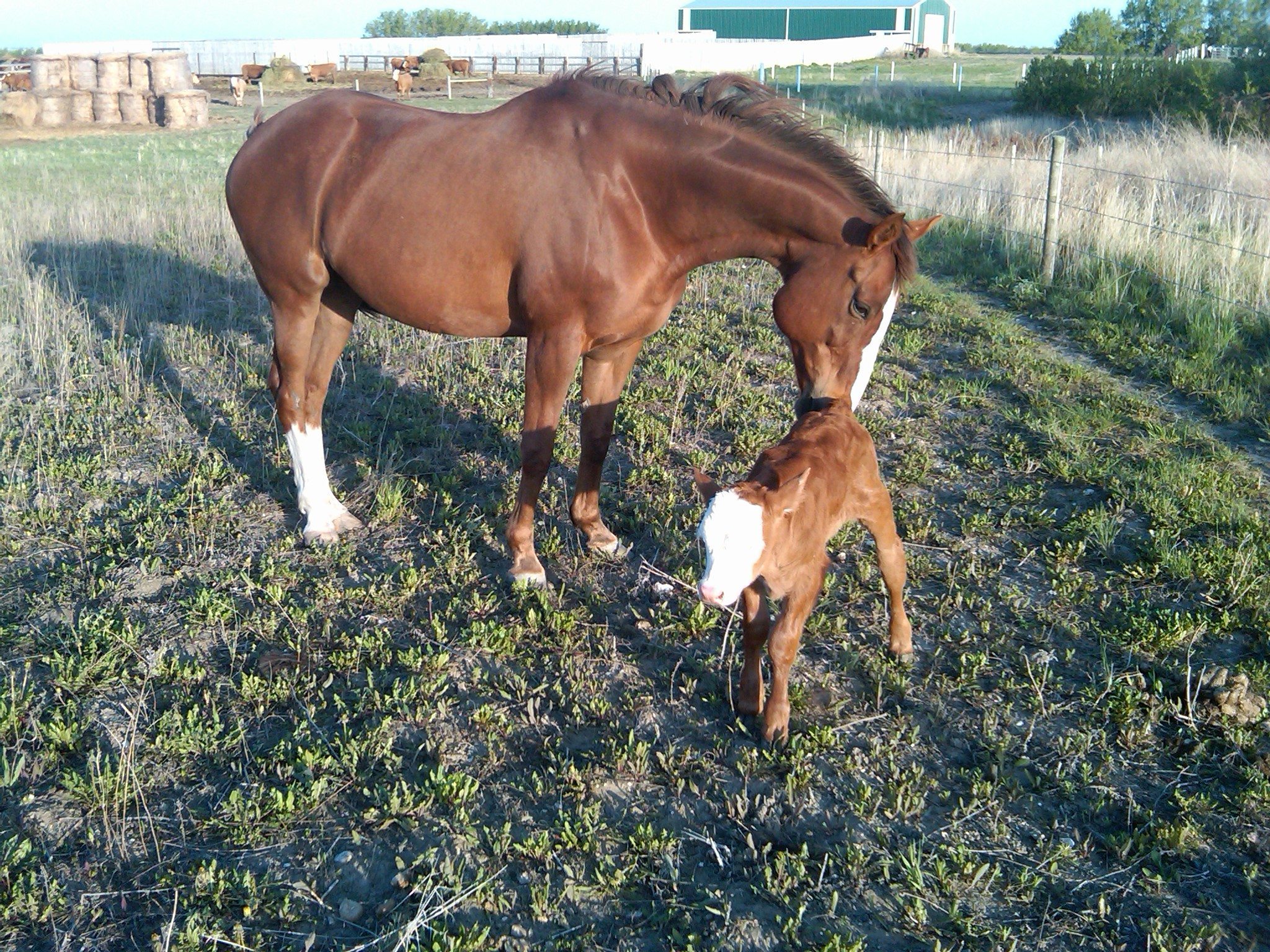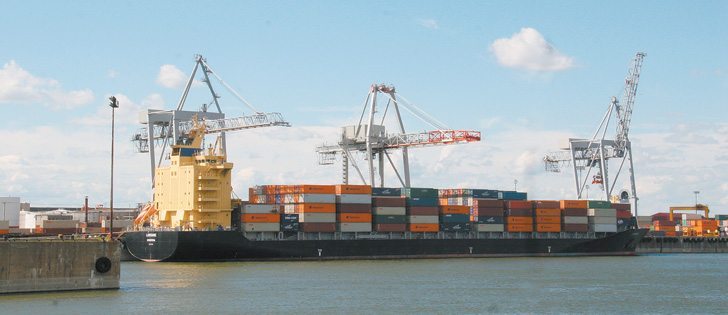Here’s a little marketing test: consider the story of Ontario farmer Jason Persall and his YouTube channel and see if it makes sense to you.
It’s been a decade since the soybean and grain producer started his line of cold-pressed soy and canola oil sold under the Pristine Gourmet brand.
Creating Pristine Gourmet oil demanded a major investment, but Persall was thrifty, buying used cold presses so he could do his own product development and converting an existing equipment shed into his 1,000-litre-a-week plant.
Read Also

High prices see cow-calf producers rushing to incorporate
Farm accountants are reporting a steady stream of cow-calf producers rushing to get their operations incorporated ahead of selling their calves this fall.
Cold-pressed artisan oil is prized for its rich flavour and colour, and Persall charges $8 for a 250 millilitre bottle.
However, he’s also invested heavily in equipment, first-class label design, a website and small ads in glossy lifestyle magazines.
Three years ago, he decided to devote most of his marketing budget toward the Gourmet Farmer, his own YouTube channel. His videos aren’t home camcorder productions. They’re shot in high definition in outdoor locations, crisply edited with immaculate sound and cost thousands of dollars, although Persall gets a deal from a friend who’s a professional documentary maker.
The videos have had thousands of views, and YouTube offers detailed analytics, such as age, gender and home country of viewers. As a result, Persall knows most of his viewers last December and January were from Australia.
“It’s very cool but of course, that doesn’t help the cause any because obviously they’re not buying our product,” Persall concedes with a laugh.
Oh, and one more thing. The Gourmet Farmer is about food, farming and recipes. The standard video features Persall chatting with a chef as she prepares a dish in the farmyard. Sure, there’s a bottle of Pristine Gourmet oil on the table, but Persall isn’t flogging it.
“We want to educate people about our products and promote them, but we definitely didn’t want to cross the line and have an infomercial,” he says.
So what do you think? Good branding or a waste of money?
Persall admits it’s hard to measure the impact, but says video allows him to “tell our story about how we’re a family farm and show what our values are.”
There’s been no huge spike in sales, but they continue to grow and, more importantly, Persall is putting a solid foundation under his customer base. People e-mail after seeing the videos, sign up to follow him on Twitter and Facebook and ask questions about recipes or his production practices. Chefs and retailers watch the videos and tell their customers.
It helps that Persall is a likeable guy. He’s polished but not slick in his videos, and his self-deprecating humour and enthusiasm for producing food shines through.
Obviously, not many farmers are going to follow in his exact footsteps. But that’s not the point. His is just one example of how the huge up-swell of internet video is profoundly changing business, with lots more to come.
“Web-based videos are the way of the future; you can just see it now. When my 11-year-old son wants to figure out something, he goes on YouTube,” says the 41-year-old.
“You look at the generation below me and certainly the one below that and that’s how they learn. Down the road, I see people with their IPad or PlayBook in their kitchen while they’re cooking. It would be cool if some of them were playing our videos.”
It’s more of a generational lag: older people are catching on and it’s not hard to imagine a time when farmers, whether they’re selling local food or custom-spraying services, will have videos on their websites to better tell their story and connect with customers.
And on the other side of the camera will be the rest of us. We’ll use them not only to make buying decisions but, like Persall’s son, to “figure things out,” whether it’s the latest cropping technique or how to better manage the farm business.
“More and more people are turning to videos on the internet to find the information they want,” says Persall.
Those are words worth noting. Whether we’re selling, buying or learning, video is going to play a much bigger part in our lives.
Archived columns from this series can be found at www.fcc-fac.ca/learning . Farm Credit Canada enables business management skill development through resources such as this column, and information and learning events available across Canada.














